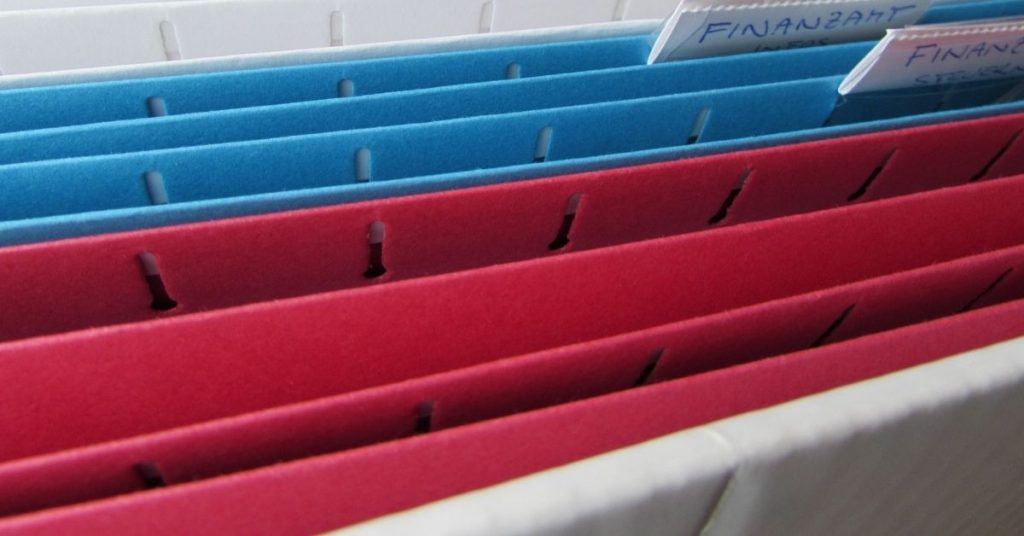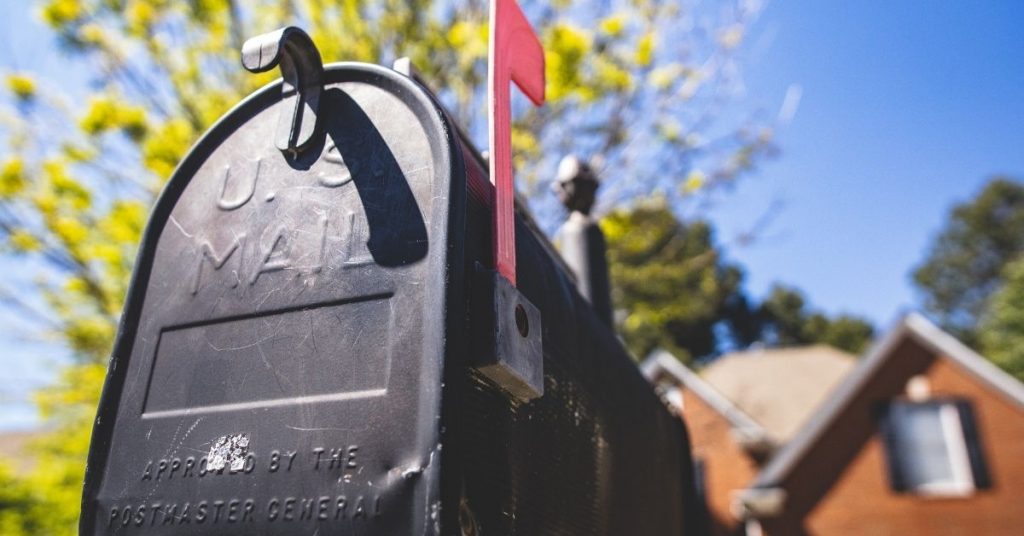The Take-Home Persuasion Kit

You are in a business in which the Economic Buyer – the person releasing the funds for treatment – is often not in attendance for the initial consultation. This fact presents a significant challenge to case acceptance, as it means that whatever you send home with the attending spouse must do your ‘selling’ for you to the non-attending one. This makes the take-home packet the most important marketing tool that your office utilizes.
Given that you are asking this non-attending participant to part with around five thousand dollars, consider for a moment the implications of what you are currently sending home for them to review. We know that the first thing the absentee decision-maker will look over is your fee, and we can also assume that this number will not be a pleasant surprise. That brings us to the issue of how to balance the fee sheet with perceived value. What statement does the remainder of your information packet make to justify such a large investment?
In my observation, most practices send materials home that range from fair to inadequate when addressing the pending investment decision. To cite one example, before I get involved the typical take-home packet for pending cases is filled with information that is only relevant if a decision to invest in treatment is actually made – a point that, here, has not yet been reached. Documents covering topics like “How to Care for Your Braces”, your office hours, directions to the office, and generic brochures on appliance are irrelevant to the decision maker unless, and until, a decision to invest in treatment is actually made. The result is that the fee becomes the sole document that is relevant at the time that the folder is reviewed, and is therefore the only item that gets any real attention.
That is not the way to persuade your Economic Buyer to say “yes”.
The solution is simple. You can use one jacket folder, but for the inside, you need to put together two different sets of materials: one for patients who have made the decision to start treatment – these individuals get the packet that you currently use – and a second, completely different “persuasion packet” for your TCs to send home when the decision is pending.
In next week’s post I will outline how to build the important version – the one that communicates value to the non-attending spouse.



